Your cat might be queen of the living room, but when it comes to her breed, the vet file still draws a blank. I’ve wondered for years, “What kind of cat do I have?” That changed after a conversation with Dr. Micha, a licensed veterinarian practicing in both California and Nevada.
We talked about the little things that can reveal your cat’s breed, like coat texture, eye shape, and even the curve of the ears. I left feeling genuinely excited, finally equipped with answers that didn’t involve expensive tests or wild guesses.
Now, I’m passing it all on, because if you’ve ever looked at your cat and wondered, this guide is for you. 🌫️🐈
What Type of Cat Do I Have? Surprising Early Clues 🕵️♀️
If you’ve asked yourself, “What type of cat do I have?” 🧠 The answer might already be showing itself through your cat’s behavior. Before looking at coat patterns or ear shapes, notice how your cat moves and interacts each day.
Your cat might follow you from room to room and vocalize often. Or they might stay quietly curled up, watching with stillness. These habits often reflect their breed background.
Siamese cats are known for their talkative nature. Ragdolls usually carry themselves with quiet confidence and a gentle presence.
Dr. Micha explains:
“Breed lineage often reveals itself through behavior. A highly vocal cat may have Siamese roots. A calm, floppy cat often points to a Ragdoll mix. These details are easy to overlook but tell you a lot.”
Focus on posture, social behavior, and how your cat approaches their space. These early patterns often point to traits linked with specific breeds.
How to Tell What Breed My Cat Is 🔍

1. Face Shape and Ears Tell a Bigger Story 👂
One of the first physical traits veterinarians assess is the shape of the face. A broad, rounded head with full cheeks often appears in breeds like the British Shorthair.
Cats with narrow, triangular faces are commonly associated with Oriental breeds, such as the Siamese or Oriental Shorthair.
You can also look at cat eye colors, as certain shades like deep blue or copper are strongly linked to specific breeds.
Ears also tell their own story. Large, upright ears that sit high on the head may suggest Abyssinian or Oriental lineage. Smaller, widely spaced ears tend to point toward breeds like the Scottish Fold or British Shorthair.
Dr. Micha explains:
“I always tell cat parents to start with the silhouette of the face and the ear position. It can instantly eliminate half the breed possibilities.”
2. Cat Markings and Coat Texture 🐾
Markings and coat texture often give away clues about a cat’s background. The classic tabby pattern—with its swirls, stripes, or spots—is common across many breeds but may indicate an American Shorthair or Maine Coon influence. 🎨
A pointed coat pattern (darker color on the ears, face, paws, and tail) is typically associated with Siamese, Ragdoll, or Birman cats. Tuxedo markings can appear in various breeds but are especially common in domestic shorthairs.
Calico and tortoiseshell patterns often appear in mixed breeds and are nearly always female due to genetic factors.
Coat texture also narrows the field. A dense, plush coat may suggest Russian Blue or British Shorthair heritage. A silky, fine coat could lean toward Burmese or Siamese influence.
Some cats may have wiry or curly fur, which is a hallmark of breeds like the Cornish Rex or Devon Rex.
Dr. Micha says:
“Markings like a classic tabby swirl or colorpoint mask can often point to specific breed heritage. It’s one way we differentiate an American Shorthair from a Siamese mix.”
Cat Breed Identifier Tools That Help 📱
Dr. Micha states, “Online breed tools can be fun and helpful, but they work best when paired with a vet’s eye or a good visual chart. They’re a start, not the final word.” 🛠️
I agree! With smartphones and AI tools at our fingertips, it’s no surprise that breed identifier apps are gaining popularity. Many of them promise to trace your cat’s breed through a single photo.
Platforms like Basepaws, PetScanner, and several online databases give curious pet owners a fun place to begin.
Some tools rely on image matching, while others gather feedback from communities of fellow cat lovers. These tools can offer interesting guesses, but even the most advanced versions are limited.
A shadow in the photo or a mixed coat pattern can throw off the result.
Cat Identification Chart vs. DNA Tests 🧬
Not every cat parent needs a DNA swab to understand their feline’s background. In many cases, a well-designed cat identification chart offers a surprisingly accurate starting point.
These visual tools compare traits like coat patterns, body shape, and facial structure across common breeds. For a confident guess, especially in domestic mixes, a chart often does the job. ❤️🐾
Dr. Micha explains:
“If your goal is general insight, a solid identification chart gets you 80% of the way there. I only suggest DNA testing when health history is unclear or adoption origin is totally unknown.”
That kind of testing can be helpful in medical planning or when breed-specific conditions might be a concern. But for everyday curiosity or casual confirmation, a chart combined with a vet’s input is often all you need.
Kitten Breeds Common in Domestic Mixed Cats 🐱
Most domestic cats don’t have formal papers, but many carry visual or behavioral traits from recognized kitten breeds. These are some of the most commonly seen in mixed-breed cats:
1. Tabby (Pattern Type, Not a Breed)
- Swirled or striped coats 🌀
- M-shaped marking on the forehead 🔠
- Friendly, adaptable temperament 😊🤗
2. Siamese
- Lean body, large ears 🧍♂️👂
- Blue eyes and pointed coloration 🔵🎯
- Highly vocal and affectionate 🗣️❤️
3. Maine Coon
- Large build with tufted ears 📏👂
- Long, shaggy coat and bushy tail 🧶🦊
- Playful and sociable with a dog-like attitude 🎉
4. American Shorthair
- Stocky, balanced frame ⚖️
- Dense short coat with classic tabby or solid patterns 📦🖤
- Low-maintenance and calm 😌🧘♂️
5. Ragdoll
- Blue eyes, silky medium-length coat 👁️🧵
- Often colorpoint with a soft, relaxed posture 🎨🛋️
- Gentle, people-oriented behavior 🧸👨👩👧
Dr. Micha shares: “Most domestic cats are beautiful blends. You’ll often find traces of Siamese, American Shorthair, or even Maine Coon in the same kitten. It’s the charm of genetic variety.”
Every mixed-breed cat has a story that traces back to these recognizable lines. If you’re curious how your kitty compares to some of the cutest cat breeds, this guide is a fun place to start.
Visual Checklist 📋
Not sure where to start? Use this visual guide to compare your cat’s traits with some of the most commonly seen breeds in domestic mixes.
Check the boxes that match your kitty’s look and personality. You might be surprised how much you can uncover without a DNA test.
How Do I Know What Breed My Cat Is? When to Ask a Vet 👩⚕️
Sometimes, the best way to answer “how do I know what breed my cat is?” begins with a professional opinion. A veterinary visit can provide more than routine care.
It helps uncover breed clues that matter, especially when your cat’s history is uncertain.
If you’re preparing for this kind of appointment, bring details that can help your vet assess breed traits more accurately:
- Photos from different angles, showing face shape, coat, and tail 📸
- Any known kitten history, including where and how they were adopted 🐣📍
- Behavior notes, such as vocal patterns, social habits, or activity level 🗣️🤝⚡
- Questions about health, especially if your cat shows breed-specific conditions 🩺❗
While a vet cannot confirm breed with certainty, they can often rule out possibilities or highlight strong indicators. Their insight adds depth and direction to your cat’s story.
Every Cat Has a Story Worth Knowing 📖
In my conversation with Dr. Micha, one insight stood out the most: the way a cat moves through the world often reveals more about their breed lineage than any single feature.
That reminder reshaped how I observe cats with a deeper interest in their individuality.
Use what you’ve learned here to look at your cat with fresh eyes. Notice the details. Ask the questions. And let those small discoveries strengthen your connection.
Use American Paws Club’s trusted resources to go further. Connect with verified breeders, explore breed traits, or begin your cat’s lifestyle journey with confidence.
And if you’re thinking of adding a new feline to your family, here’s how to choose a reputable cat breeder to ensure you’re supporting responsible practices.
FAQs: Understanding Your Cat’s Breed ❓
What kind of cat do I have if it’s mostly gray with stripes?
Cats with gray and striped coats usually carry tabby patterns. This look appears in breeds like the American Shorthair and Maine Coon, as well as in many domestic mixes. A veterinarian can help you identify features that point to a specific breed group, or you may explore our guide to the different types of tabby cats to better understand the traits tied to each variation.
How do I know what breed my cat is without a DNA test?
Start by looking at your cat’s face shape, coat texture, body size, and tail. A cat identification chart can help compare these traits. You should also consider behavior, vocal patterns, and activity level. A vet visit can give you more informed guidance.
Can cat markings tell me what breed my cat is?
Markings can provide helpful clues. Colorpoint patterns may suggest Siamese ancestry, while tuxedo or classic tabby markings often show up in American Shorthairs and mixed breeds. Look at the markings in combination with other physical traits.
What tools can help identify my cat’s breed?
You can use apps, visual breed charts, or online photo matchers. Choose tools with reliable databases and clear visuals. Always check with a veterinarian before drawing conclusions about your cat’s breed.
Why should I learn about my mixed-breed cat’s background?
Understanding your cat’s breed traits can help you recognize behavior patterns, predict health needs, and create a better care routine. It also deepens the connection you share with them.


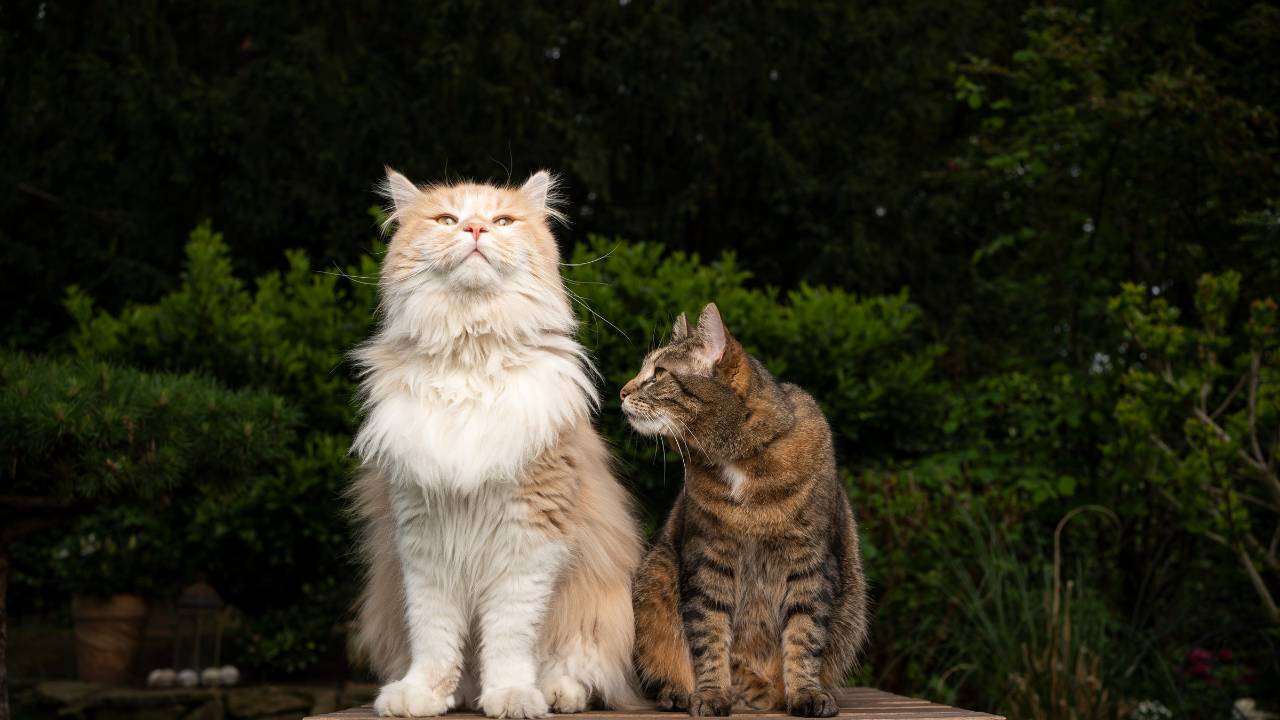
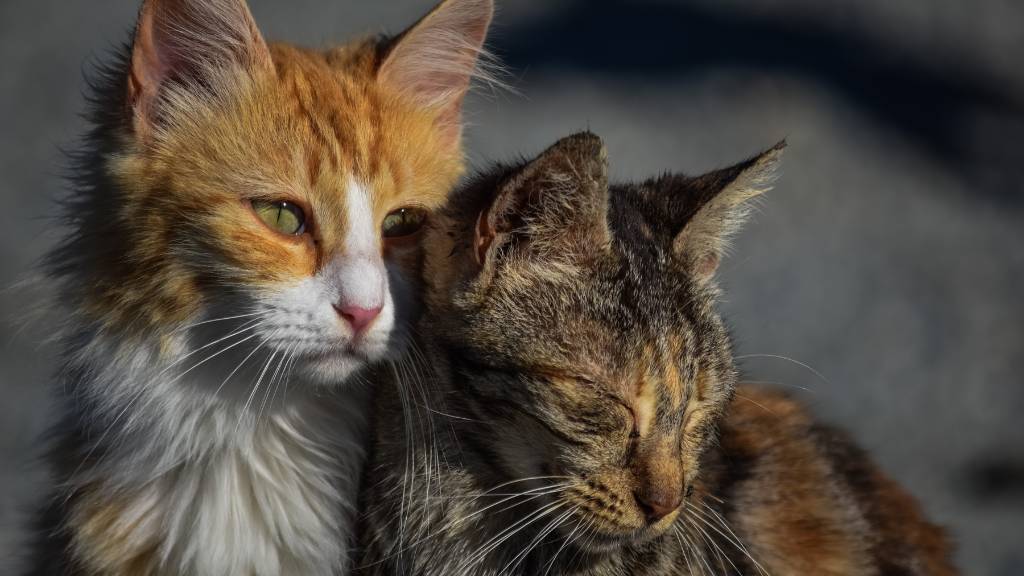
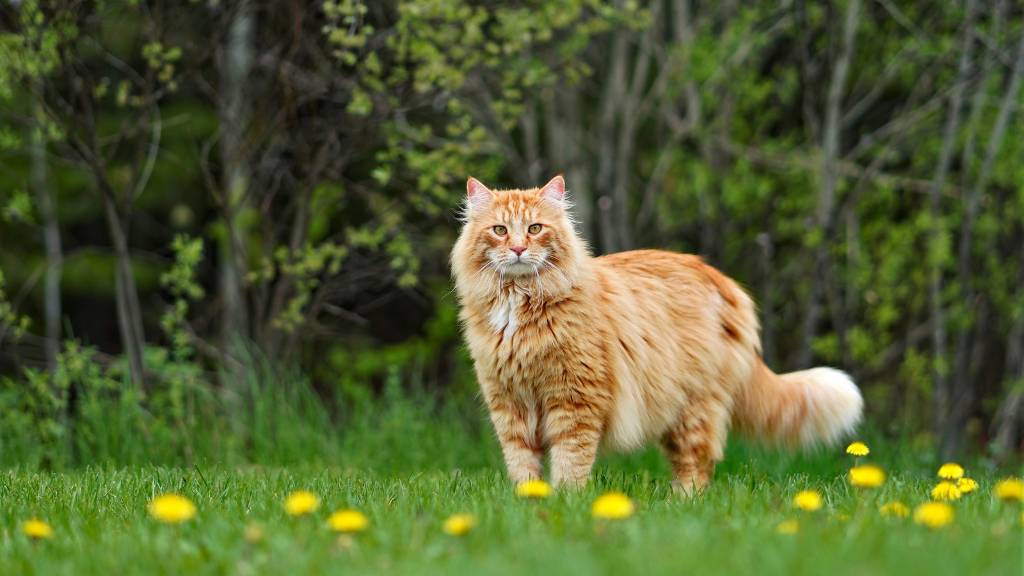

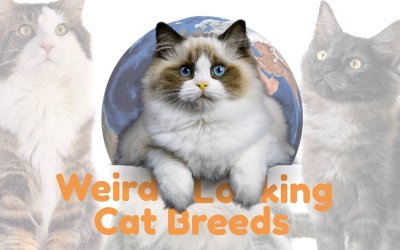
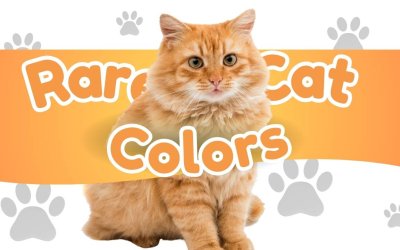
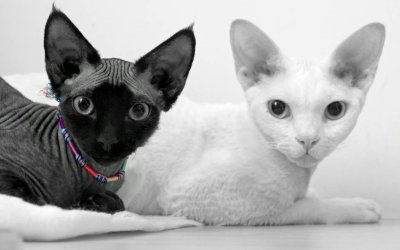
0 Comments